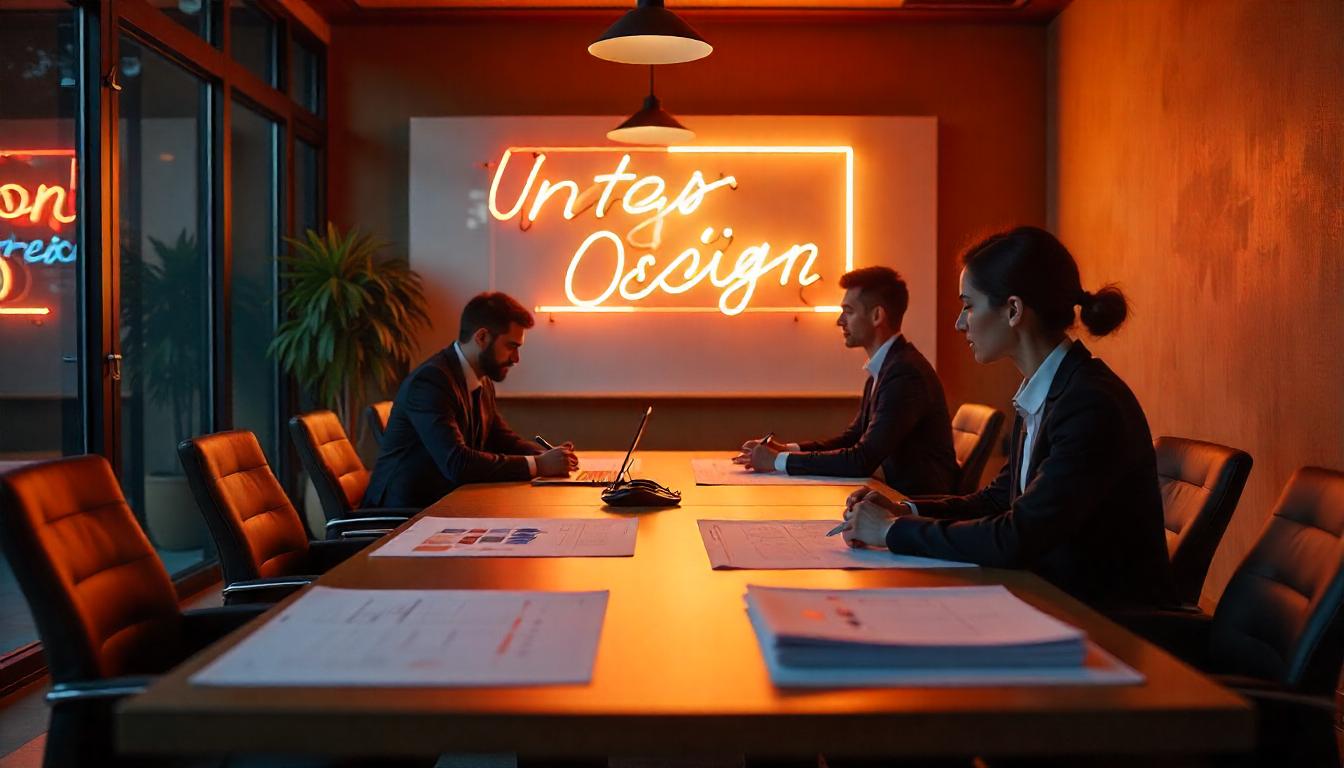Interior design is more than just decorating a space. It’s about creating an environment that reflects your personality while enhancing the functionality and comfort of your home. Whether you’re starting from scratch or just giving your existing spaces a refresh, understanding what you need for interior design is essential to make the process enjoyable and successful.
For beginners, the world of interior design can seem overwhelming. With countless styles, color schemes, and furniture choices to consider, it can be tough to know where to begin. This guide will help you break down the basics and offer tips to ensure your interior design journey is a smooth and fulfilling one. Let’s dive into the essentials and learn what you need to get started on your interior design adventure.
1. Understanding Interior Design: What Is It?
Interior design is the art and science of enhancing the interior of a building to create a more aesthetically pleasing and functional environment. It involves much more than selecting colors and furniture. Interior designers work with space, light, color, and texture to craft environments that are both beautiful and practical.
Why Interior Design Matters
A well-designed interior can improve the mood of its occupants, increase productivity, and make a space feel more inviting. Whether you’re designing a home, office, or restaurant, good interior design has the power to transform any space into a functional, stylish haven.
Key Elements of Interior Design:
- Space Planning: Organizing the layout of furniture, storage, and other elements to maximize functionality and flow.
- Color Scheme: Understanding the emotional impact of colors and how they interact within the space.
- Furniture: Selecting pieces that suit both the aesthetic and functional needs of the space.
- Lighting: Using light to enhance the atmosphere and improve visibility.
- Textures & Materials: Combining various textures and materials to add depth and interest.
2. Essential Tools You Need for Interior Design
As a beginner in interior design, there are several tools and resources you should keep on hand. These tools will help you bring your design ideas to life and ensure you are making informed decisions.
a) Mood Boards and Design Software
Mood boards are an excellent way to compile all your design ideas in one place. Whether digital or physical, a mood board can help you visualize the colors, textures, and styles you want to incorporate into your space. Tools like Canva or Adobe Spark can help you create digital mood boards, while Pinterest remains a popular resource for finding inspiration.
Design software like SketchUp or AutoCAD can be helpful for creating 3D renderings of your space. These programs allow you to test out layouts, furniture placements, and color schemes without committing to them physically. They can help you visualize how different elements will work together.
b) Measuring Tools
Accurate measurements are a must when designing any space. Not only will you need to measure the dimensions of your room, but you’ll also need to know the size of your furniture to ensure it fits properly.
Essential measuring tools include:
- Tape Measure: A simple but essential tool for measuring room and furniture dimensions.
- Laser Distance Measurer: A high-tech alternative to tape measures, laser tools can provide quick and precise measurements.
- Level and Plumb Line: These tools ensure that your furniture and fixtures are aligned perfectly, avoiding uneven placement.
c) Samples and Swatches
One of the easiest ways to make the right decisions when selecting paint, fabrics, and materials is by using samples and swatches. It’s always best to see and feel materials in person before making a final choice. Many stores offer free swatches of fabrics, paint samples, and flooring, which can help you compare and decide on the best options for your space.
3. Key Design Elements for Beginners
Now that you have the necessary tools, let’s take a deeper dive into the key elements of interior design that will help you create a space that is both functional and beautiful.
a) Color Schemes
Color plays a critical role in interior design. It can influence the mood, style, and overall vibe of a room. Before picking a color, think about the atmosphere you want to create. Do you want the room to feel warm and inviting, or cool and calming?
Tips for Choosing a Color Palette:
- Use the 60-30-10 Rule: A classic interior design trick where 60% of the room is your main color, 30% is your secondary color, and 10% is an accent color.
- Consider Lighting: Colors can look different depending on the type of lighting. Always test colors under both natural and artificial light before committing.
- Complementary Colors: Pair colors that are opposite on the color wheel for vibrant contrasts, or use analogous colors for a more harmonious feel.
b) Furniture Selection
Furniture is more than just functional; it’s a key component of your room’s style and atmosphere. When selecting furniture, focus on the balance between comfort, functionality, and aesthetics. Start by choosing the essential pieces, such as a sofa, dining table, or bed, and build from there.
Furniture Tips:
- Scale & Proportion: The size of the furniture should be in proportion to the size of the room. Oversized furniture can overwhelm a small room, while tiny pieces might get lost in a large space.
- Quality Over Quantity: Invest in high-quality, durable furniture for pieces that you will use every day.
- Multi-Functional Pieces: If space is limited, choose furniture that serves multiple purposes, such as a sofa bed or an ottoman with hidden storage.
c) Lighting
Lighting is one of the most important yet often overlooked elements in interior design. Proper lighting helps set the mood of a room and enhances other design elements, such as color and texture.
There are three main types of lighting:
- Ambient Lighting: The primary light source for a room. Ceiling lights or recessed lighting typically provide ambient light.
- Task Lighting: Focused lighting designed for specific tasks like reading, cooking, or working.
- Accent Lighting: Lighting used to highlight artwork, architectural features, or decor pieces.
Ensure that each room has a mix of these three lighting types to create a balanced and well-lit space.
d) Textures and Materials
Textures can add depth and interest to any room. Combining various materials and finishes, such as soft textiles, rough woods, and sleek metals, can create a multi-dimensional feel in your space.
When selecting materials, consider:
- Durability: Materials should be chosen with both aesthetics and practicality in mind. Choose durable fabrics for high-traffic areas.
- Tactile Appeal: Textures add a sensory dimension to your design. Soft fabrics like velvet contrast beautifully with harder materials like glass and metal.
4. Specialized Interior Design: Kitchen Design
Among all the rooms in a home, the kitchen often requires the most thought and attention to design. It’s not just a space for cooking; it’s the heart of the home where families gather, and entertaining takes place.
Key Elements for Kitchen Design:
- Work Triangle: This layout focuses on the placement of the sink, stove, and refrigerator to optimize workflow in the kitchen.
- Storage Solutions: Maximize storage with cabinets, pull-out drawers, and pantry spaces.
- Durable Materials: Kitchens require hard-wearing surfaces like granite countertops and high-quality cabinetry to withstand daily use.
If you’re looking to design a professional kitchen space, consider hiring a Kitchen Interior Design Company in Bangladesh. Circle Interior Ltd specializes in designing functional and beautiful kitchens tailored to your needs.
5. Common Interior Design Mistakes to Avoid
Even seasoned designers can make mistakes, so it’s important for beginners to be aware of common pitfalls. Here are a few mistakes to avoid:
- Overcrowding the Space: Too many pieces of furniture or decor can make a room feel cramped and chaotic. Aim for a balance of negative space.
- Ignoring Functionality: Beauty is important, but functionality should always come first. Ensure your design works for the way you live.
- Poor Lighting Choices: Lighting is key to creating the right atmosphere. Make sure to layer light and use it to highlight key areas in the room.
Conclusion
Interior design is about making your space work for you while reflecting your style. By starting with the basics—understanding key design elements, gathering the right tools, and avoiding common mistakes—you’ll be well on your way to creating a beautiful, functional space.
For those focusing on kitchen design, check out the professional services of Circle Interior Ltd to create a space that fits your needs and lifestyle. Whether you’re designing a small room or a complete home renovation, understanding the essentials of interior design will help you make informed, confident decisions that will result in a space you’ll love.


